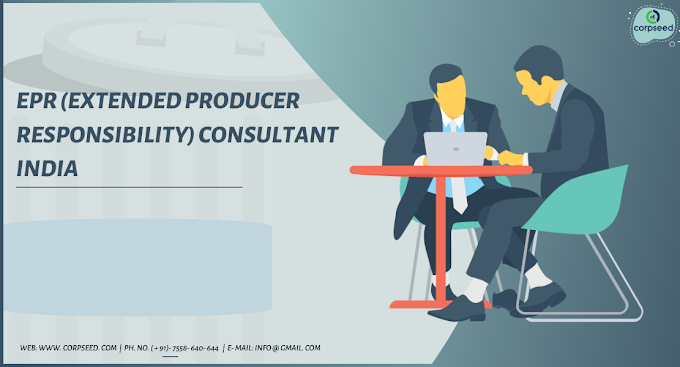Any a business that intends to "treat" hazardous waste must obtain a processing license from EPA under the federal Resource Conservation and Recovery Act (RCRA).
Keep in
mind that EPA views almost every aspect of hazardous waste disposal as an
example of "treatment", including efforts to make hazardous waste
safe or less hazardous. Most Relevant to Hazardous
Waste Disposal: EPA also views all efforts on your part as an
example of a treatment intended to reduce the volume of hazardous waste (to
facilitate storage or transportation).
However,
there are some exceptions where a processing permit is not required.
Proceed
with caution.
Remember,
there is not much you should do when it comes to hazardous waste management
without expert advice on the need for an EPA treatment license and the
associated requirements. Also, your state's mandates may be more stringent than
those of the EPA.
However,
according to the EPA, hazardous waste can be treated in tanks, containers, or
security buildings without obtaining a processing permit (or intermediate
status), as long as they meet a certain number of requirements. Unit-specific
requirements set forth in EPA Regulation § 262.34, with special reference to
Part 265 (51 FR 10146, 10168; March 24, 1986).
In the
nuances of this provision, you are prohibited from treating hazardous waste by
heat treatment (or incineration) without obtaining the appropriate processing
permit. and it can only treat hazardous waste that it has generated locally. If
you choose to consolidate hazardous waste generated at your other sites, you
will need the appropriate EPA treatment permit because the transportation of
hazardous waste for consolidation purposes has rules for the disposal of
hazardous materials.
What
exactly are these possible exceptions?
Considering
the restrictions listed above, there are four specific activities for which you
may not need an EPA processing permit for:
1. Add
absorbent
In most
cases, diluting hazardous waste with another material to change its hazardous
“properties” is prohibited. For example, adding solids to a liquid to
neutralize its corrosiveness and/or flammability. However, the EPA allows the
addition of absorbent materials (eg, granular clay) as long as the absorbent is
not placed in the container before the hazardous waste, or in the early stages
of its accumulation, afterward. In any case, it is emphasized that the LDR
treatment standards continue to apply to this "uncharacterized"
residue.
2.
Treatments during accumulation
In addition
to adding sorbent, you can (without a processing license) use any recognized
and approved technique to treat waste as it accumulates (e.g. compaction,
filtering, or sedimentation), provided all applicable requirements are met: the
tank o container must remain closed, except when waste is added or removed; No
heat treatment can be used that will compromise the integrity of the container
or destabilize contamination. A breather must be provided for each process that
releases gas. Etc.
3.
Auxiliary treatment
According
to the EPA, the treatment of secondary substances such as sludge, by-products,
used materials, or scrap metal is an engineering "waste treatment"
because it effectively modifies its physical form to obtain its value. or speed
up driving. However, EPA has determined that such "incidental
processing" does not constitute salvage and therefore does not require a
processing permit. In short, anything you do with a virgin ingredient before
using it will not count as recovery if you do the same with a secondary
hazardous material that you use as a substitute.
4. Disassembling the equipment
In some cases, the EPA authorizes
universal waste collectors to dismantle discarded equipment without a permit to
remove isolated components that may contain hazardous materials.
For example, cathode ray tubes
(CRTs) are made of lead glass and therefore have the
"characteristics" of lead toxicity. Removing a CRT from a discarded
television or monitor changes the character of the waste; in this example, the
television or monitor itself. EPA allows such decommissioning without a permit
as the ultimate goal of hazardous waste disposal is the CRT itself, the (once
removed) can be treated as hazardous waste.
Similarly, EPA authorizes
universal waste collectors to remove batteries from consumer products,
disassemble battery packs, and perform other limited "treatments,"
since the targets for hazardous waste disposal are the batteries themselves.
You can also remove mercury vials from thermostats, car switches, and
electrical relays (or drain mercury from unsealed containers) and then dispose
of them as hazardous waste. However, this is another limitation.
EPA rules are a moving target,
albeit slowly
Given that the previously
applicable rules were written more than 30 years ago, it is not surprising that
they have changed over time. In 2016, the EPA published the “Final Rule to Improve Hazardous Waste
Generation,” which went into effect on May
30.
However, implementation in your
region depends on the "authorization status" of your state, which is
also explained in the previous article. In fact, the EPA cautions that it is
best to check with your state's environmental regulatory agency (or agencies),
not the EPA itself, to find out how the new regulation will be implemented
locally.





0 Comments